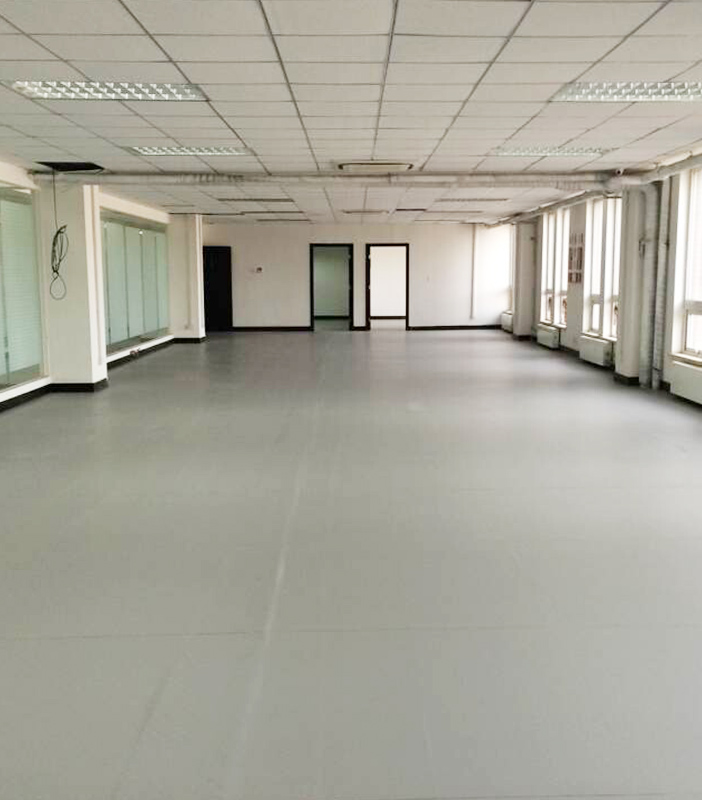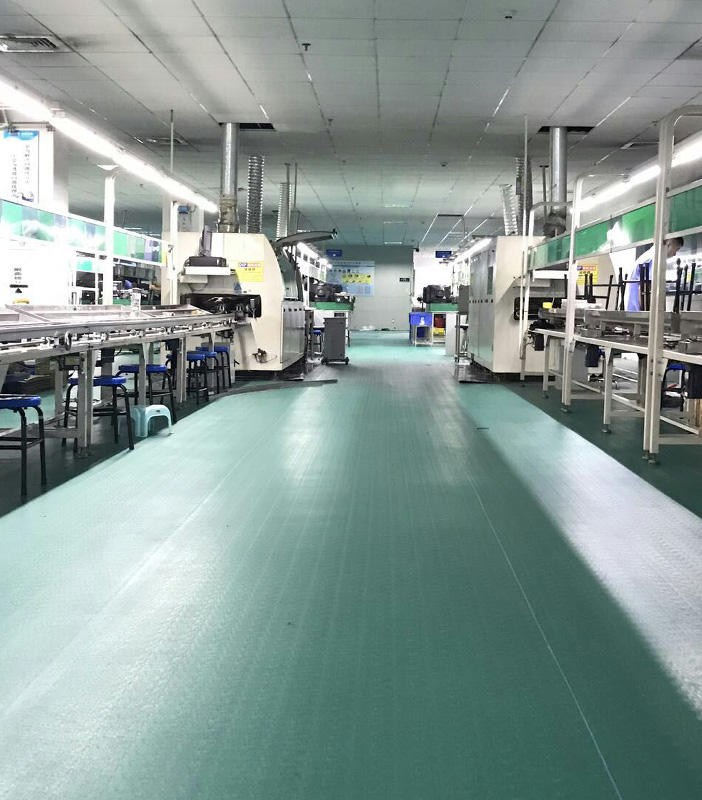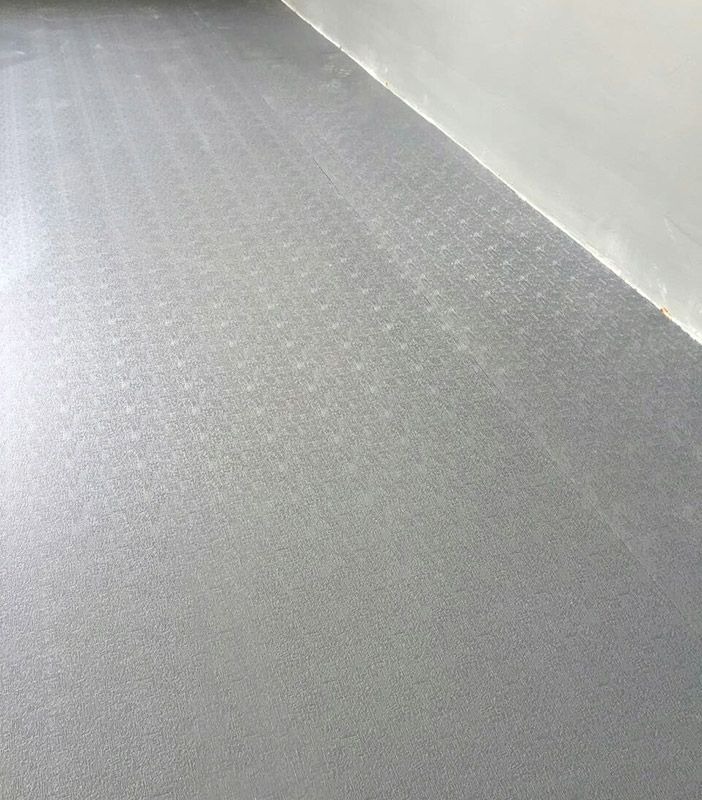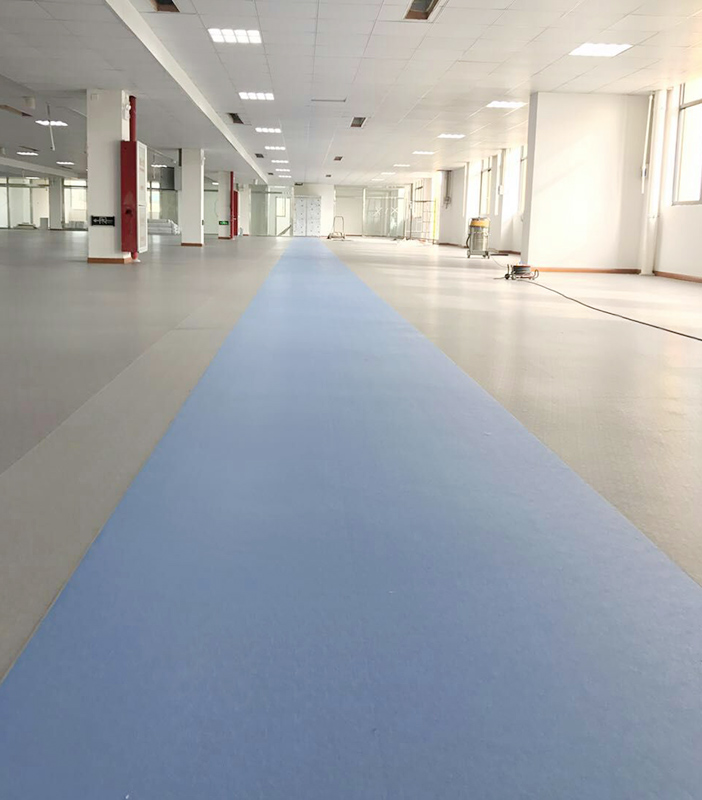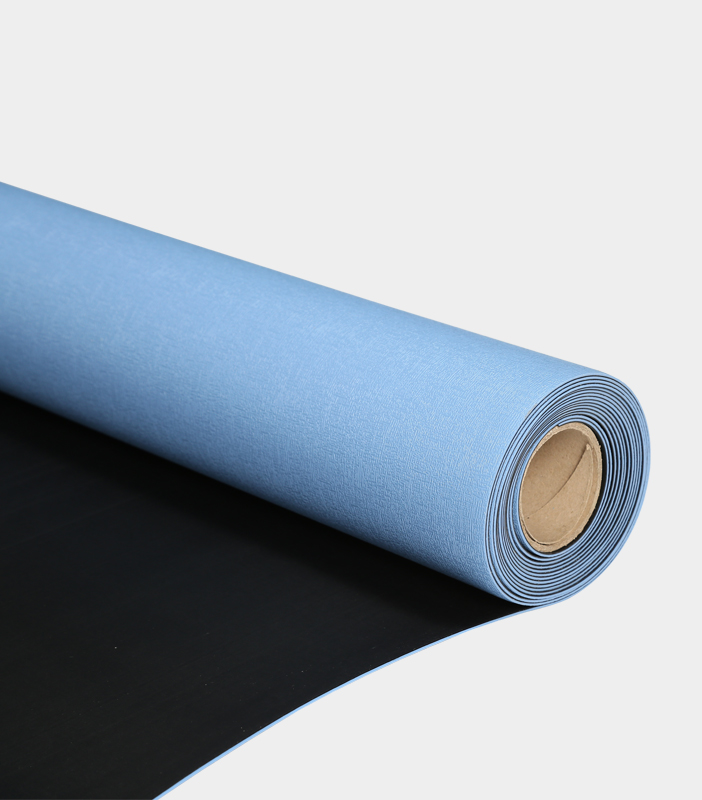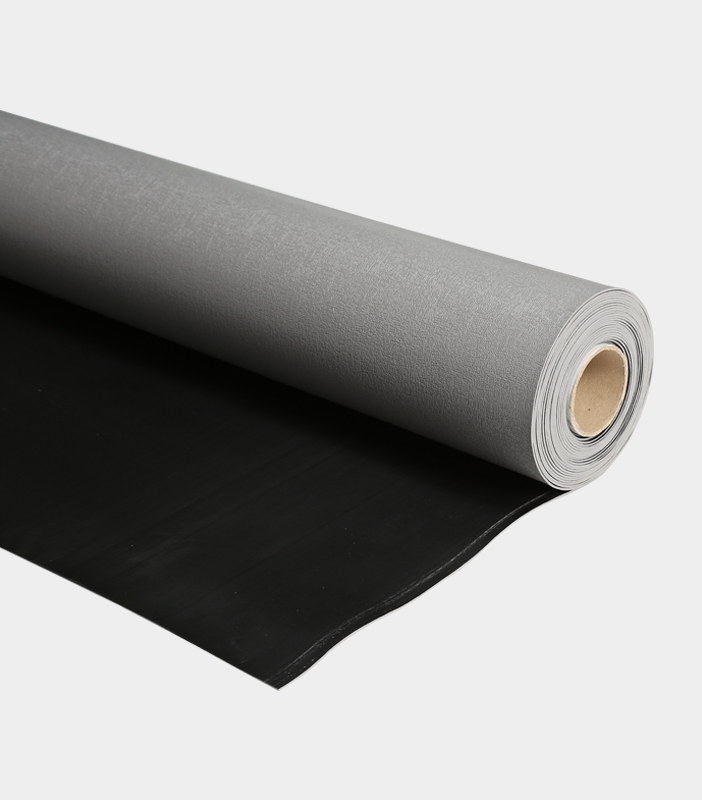In a world increasingly reliant on electronic devices and sensitive equipment, the control of electrostatic discharge (ESD) is vital to prevent damage and ensure safety. Anti-Static Mats, including Anti-Static Bench Top Mats and Anti-Static Table Mats, play a crucial role in a variety of environments where static control is paramount. Let's explore the types of environments that benefit from the use of these mats.
1. Electronics Manufacturing:
Electronics manufacturing facilities are perhaps the most obvious beneficiaries of Anti-Static Mats. These mats protect sensitive electronic components and circuitry from ESD, preventing costly damage and ensuring product quality. Anti-Static Bench Top Mats are commonly used in workstations, while Anti-Static Table Mats are employed in assembly areas.
2. Laboratories:
Laboratories, especially those dealing with electronic testing and research, rely on ESD control measures to maintain the integrity of experiments and sensitive instruments. Anti-Static Mats help ensure that static charges do not interfere with delicate measurements or disrupt experiments.
3. Cleanrooms:
Cleanrooms are used in industries such as semiconductor manufacturing and pharmaceuticals, where even the tiniest speck of dust or ESD event can lead to critical product defects. Anti-Static Mats play a crucial role in preventing contamination and ESD, ensuring a controlled, static-free environment.
4. Medical Device Manufacturing:
The manufacturing of medical devices demands strict quality control. Anti-Static Mats are employed to protect sensitive medical equipment from static damage, ensuring that these devices perform reliably and safely.
5. Data Centers:
Data centers house an array of electronic equipment, including servers and networking hardware. Anti-Static Mats in data centers help protect against ESD events that could disrupt operations, damage hardware, or compromise data integrity.
6. Aerospace and Defense:
Industries involved in aerospace and defense require ESD control to safeguard electronic systems in aircraft, defense equipment, and satellites. Anti-Static Mats are utilized during assembly and maintenance to prevent static discharge that could jeopardize mission-critical systems.
7. Automotive Manufacturing:
In the automotive industry, ESD control is essential for producing reliable vehicle electronics and control systems. Anti-Static Mats are used in assembly areas to prevent static damage to electronic components.
8. Research and Development:
R&D facilities often work with cutting-edge electronic devices and prototypes. Anti-Static Mats are used to protect sensitive research equipment and ensure accurate results in testing and development.
9. Pharmaceuticals:
The pharmaceutical industry relies on ESD control to maintain product quality and safety. Anti-Static Mats are part of cleanroom environments where manufacturing, packaging, and testing of pharmaceutical products occur.
10. Printing and Graphics:
In printing and graphics environments, static electricity can lead to print defects and equipment malfunctions. Anti-Static Mats are used to prevent static interference during printing processes.
11. Semiconductor Fabrication:
Semiconductor manufacturing facilities require the highest level of ESD control. Anti-Static Mats are used throughout these facilities to protect delicate semiconductor components and prevent manufacturing defects.
A wide range of environments benefit from the use of Anti-Static Mats, including Anti-Static Bench Top Mats and Anti-Static Table Mats. These mats are essential tools in preventing ESD-related damage, maintaining product quality, ensuring safety, and supporting critical operations in industries where sensitive electronics and equipment are prevalent. Whether in electronics manufacturing, laboratories, cleanrooms, or beyond, Anti-Static Mats are indispensable for protecting valuable assets and ensuring reliable performance.

 简体中文
简体中文 English
English España
España Deutsch
Deutsch